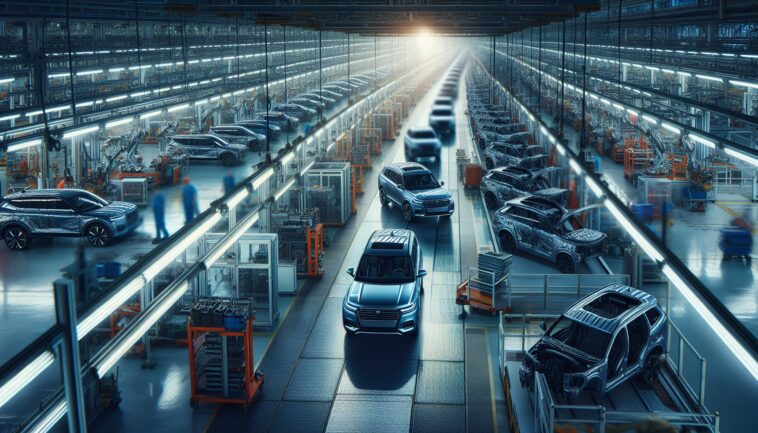Table of Contents
Just north of downtown Flint, Michigan, the legacy of the American automobile industry is palpable. The two-story red brick building known as Factory One stands as a testament to Flint’s rich automotive history, being the birthplace of General Motors.
However, as the industry faces significant challenges, including tariffs and automation, the future of this once-thriving sector remains uncertain.
The impact of tariffs on the automotive landscape
In recent years, U.S. President Donald Trump’s automobile tariffs have aimed to revive the dwindling number of autoworkers in Michigan.
Yet, experts warn that these tariffs, particularly those imposed on Canada and Mexico, may inadvertently make the North American automotive industry less competitive. With nearly 20% of Michigan’s economy tied to the automobile sector, the repercussions of these tariffs could be profound.
The costs of vehicles are expected to rise, potentially alienating consumers and stifling demand.
Local residents, like Maurice Pope, express concern over the strategy behind these tariffs, questioning whether there is a coherent plan to support the deeply integrated North American automobile market.
As tariffs on steel and aluminum also come into play, the cost of manufacturing vehicles in the U.S. is set to increase, leading to fears of job losses and factory closures.
Automation: A double-edged sword for employment
While tariffs pose immediate challenges, automation is reshaping the automotive landscape in Flint and beyond.
Chris Douglas, an economics professor at the University of Michigan-Flint, notes that manufacturing jobs are unlikely to return to their former glory. The automation of production processes means that fewer workers are needed to assemble vehicles than in the past.
This shift has led to a significant reduction in job opportunities within the industry.
Despite the hope that tariffs might bring some jobs back to the U.S., the reality is that the manufacturing sector will never regain the employment levels seen 50 years ago. As companies invest in technology to streamline production, the workforce will continue to shrink, leaving many workers in Flint and surrounding areas anxious about their futures.
Community resilience and the path forward
Despite the challenges, Flint’s community remains resilient. Thousands still work at the Flint Assembly, General Motors’ longest-running assembly plant in North America. Many residents hold onto the hope that tariffs could lead to increased employment opportunities. However, there is also a palpable fear that if plants close or companies downsize, the community could face an exodus of workers.
As the automotive industry evolves, it is crucial for Flint to adapt to these changes. Investing in education and training programs that prepare the workforce for new roles in an automated environment could be key to revitalizing the local economy. Additionally, fostering innovation and supporting local businesses may help Flint carve out a new identity in the changing landscape of the automotive industry.




